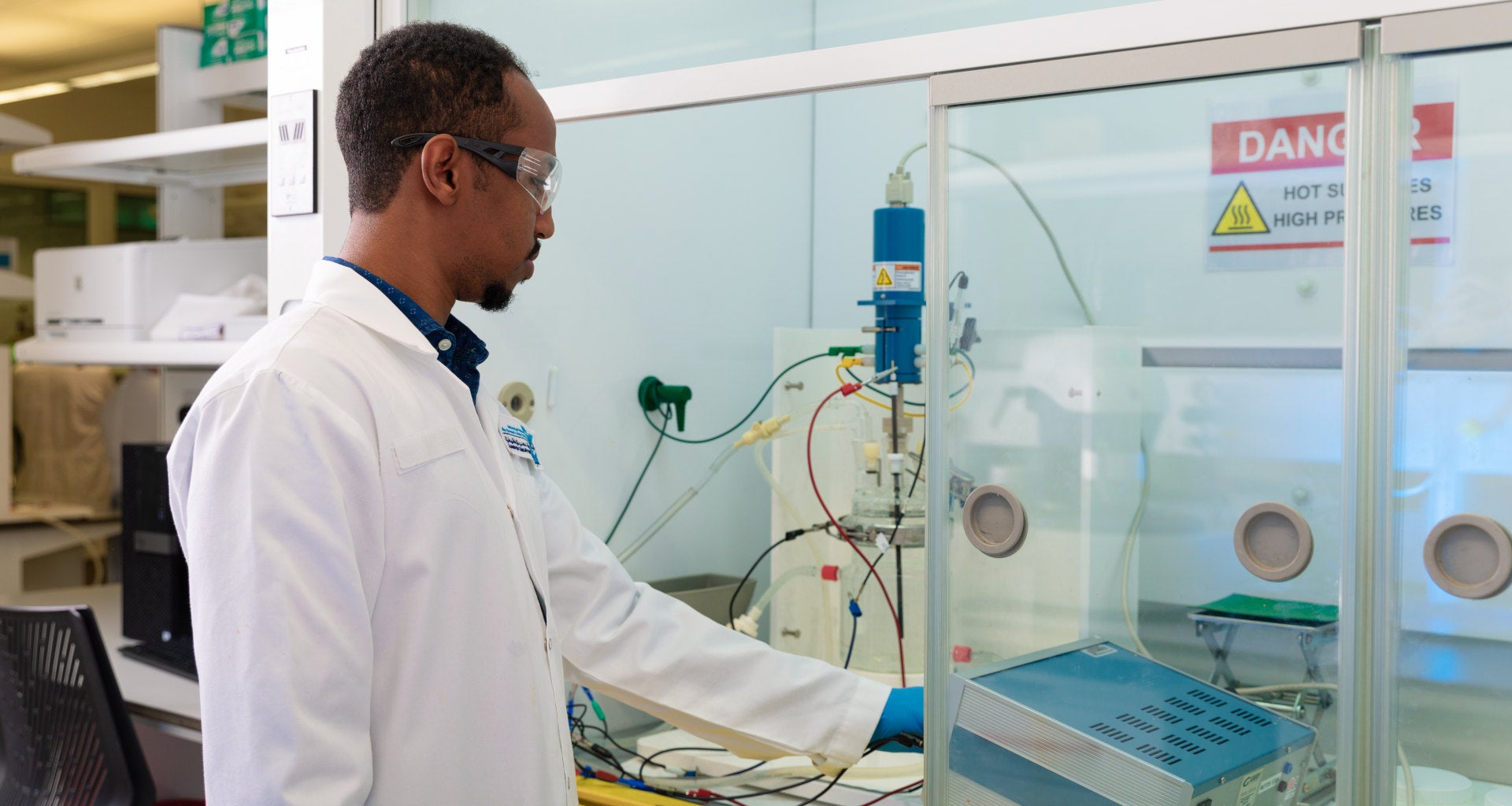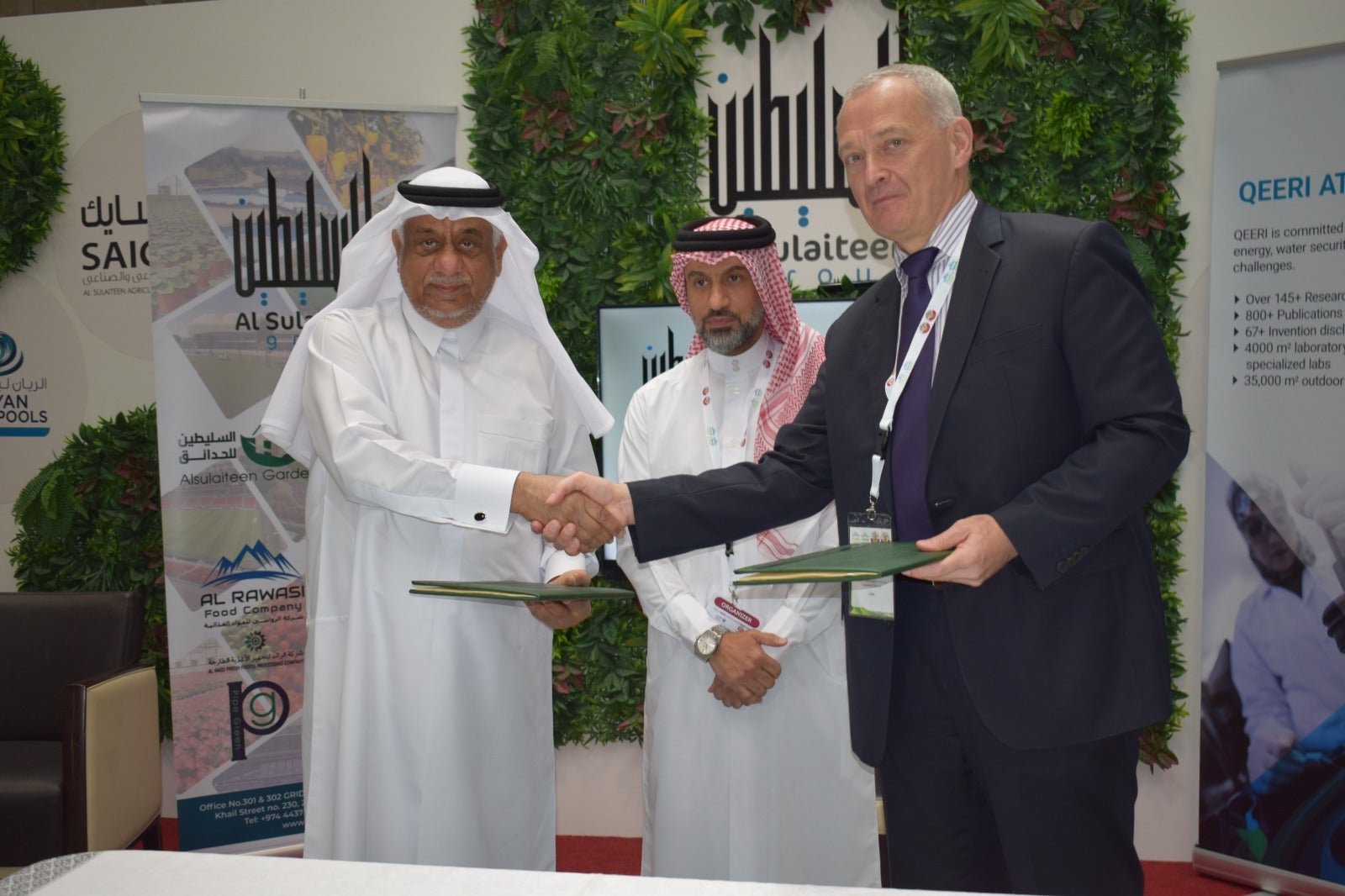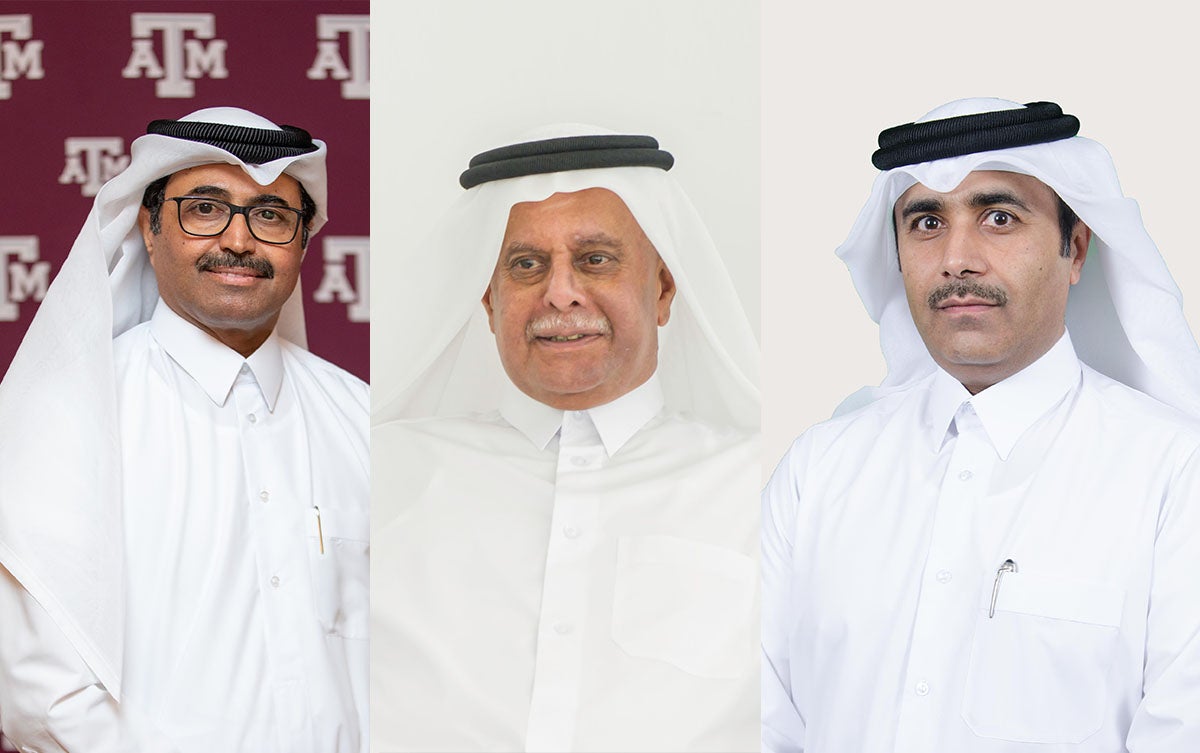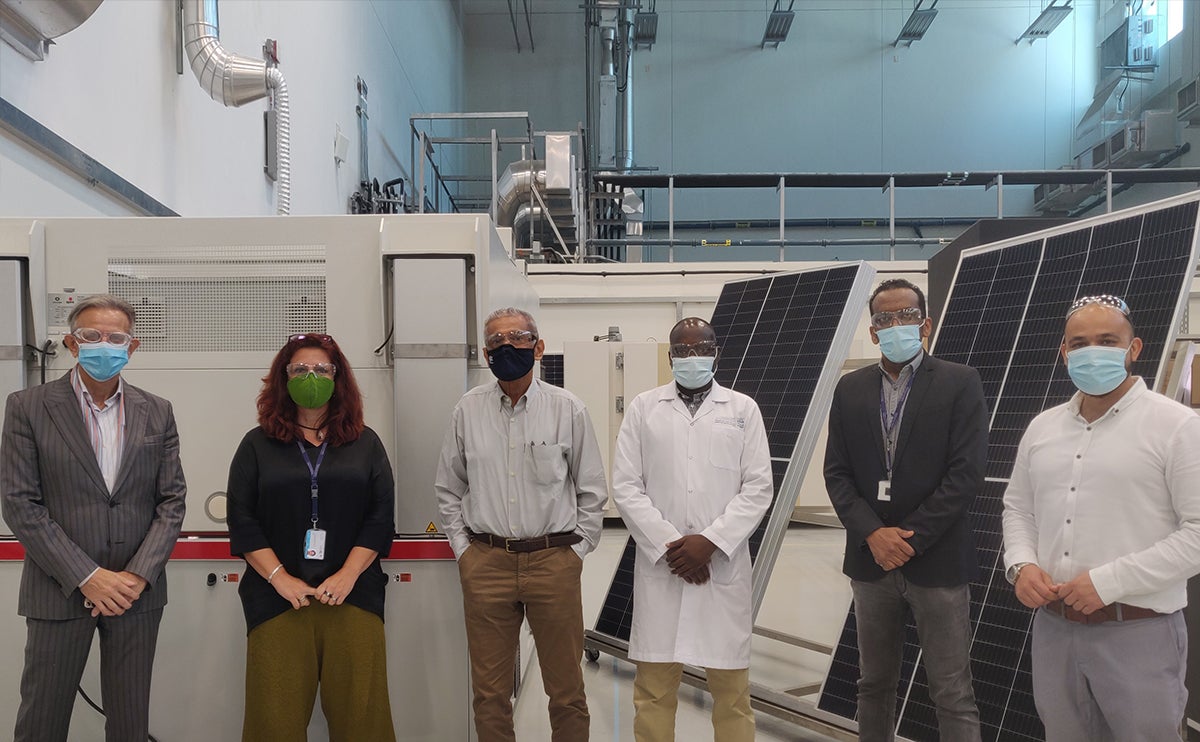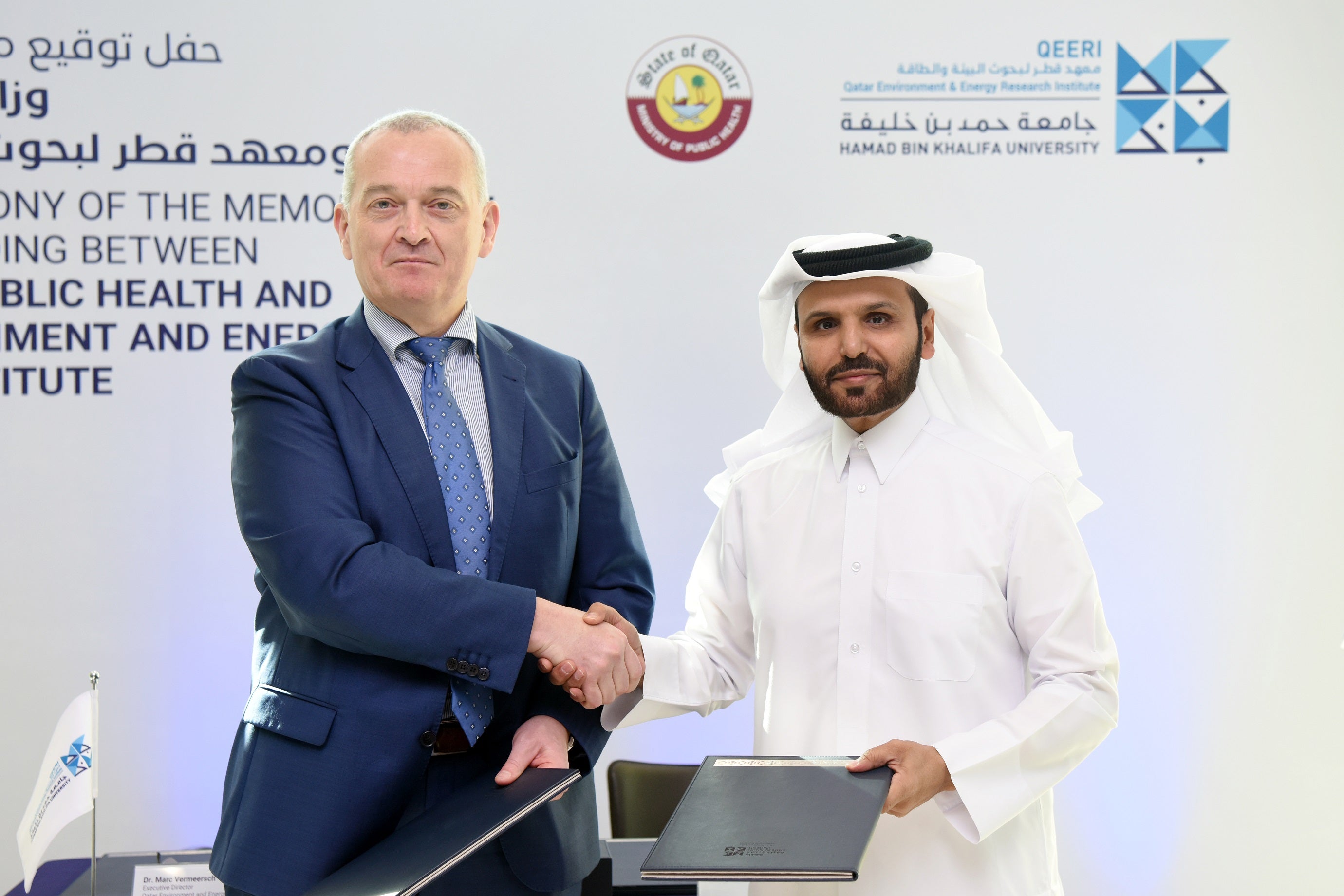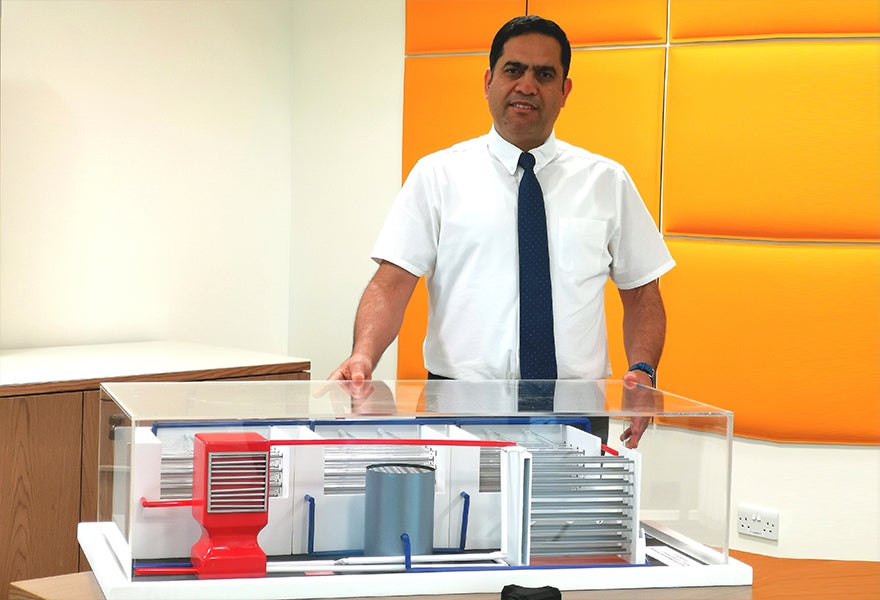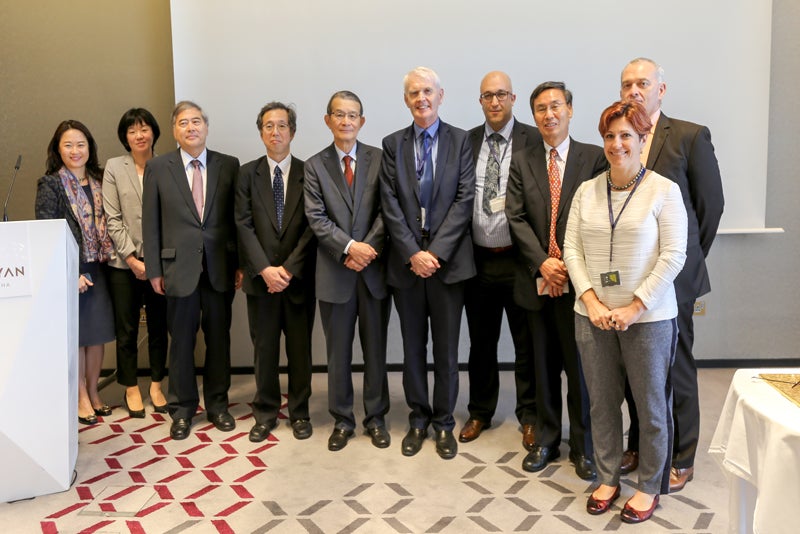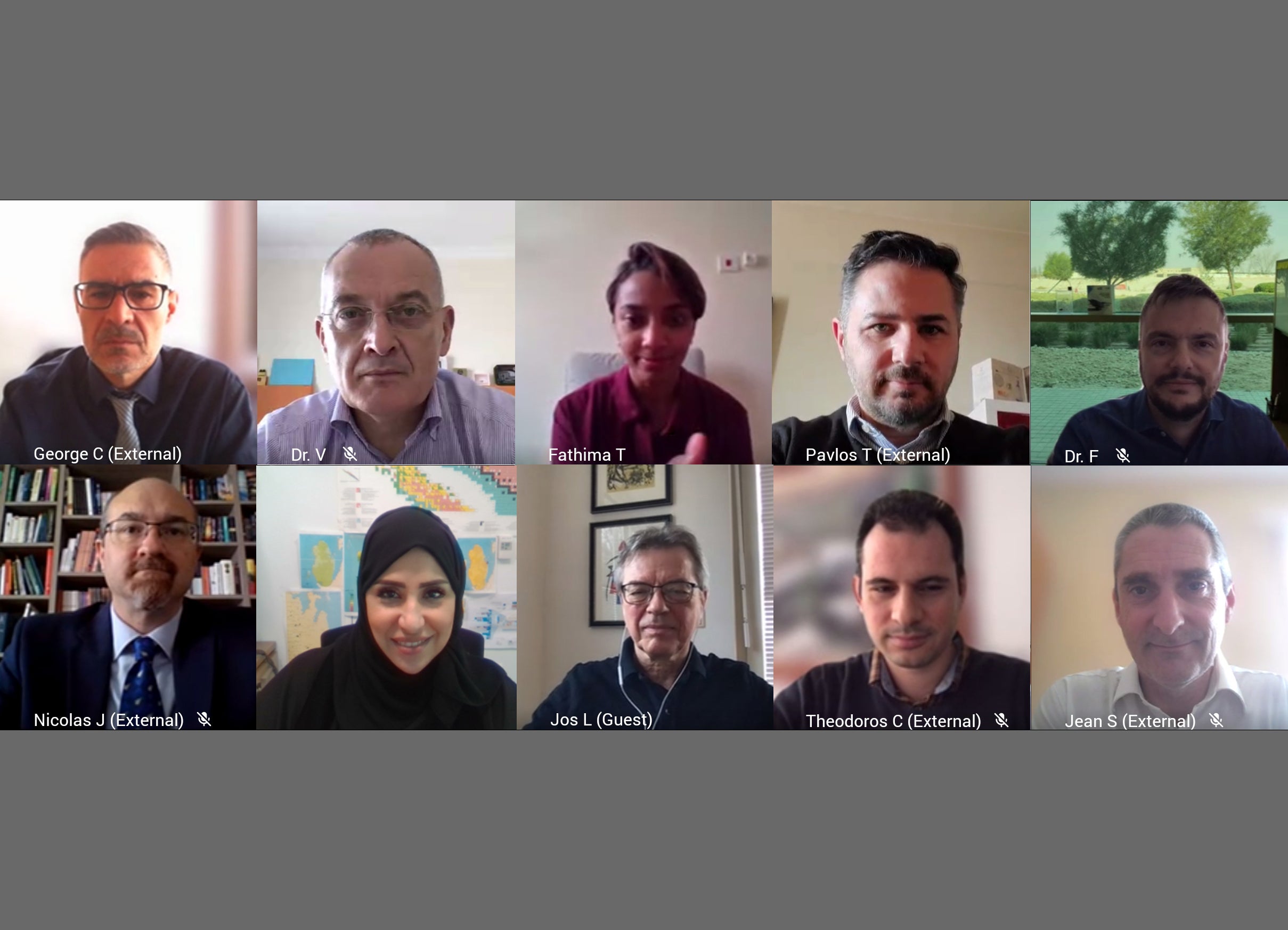
The Qatar Environment and Energy Research Institute (QEERI) at Hamad Bin Khalifa University, and the Climate and Atmosphere Research Center (CARE-C) of The Cyprus Institute (CyI), have signed a collaboration agreement to estimate and predict contamination risks and associated impacts from the atmospheric dispersion of radionuclides accidentally released by a major industrial facility in the Middle East.
The purpose of the QEERI-CARE-C collaboration is to develop a methodology for environmental hazard risk and vulnerability assessment in the Middle East. In addition, to test this methodology by estimating the risk to the population in the State of Qatar, in case of a severe accident at a nuclear or industrial risk site.
The agreement’s main objectives are the establishment of preliminary radioactivity risk maps regarding atmospheric deposition of (and the population’s exposure to) radionuclides following potential nuclear accidents in the Middle East. Secondly, the risk assessment of atmospheric deposition and population exposure to radioactivity and other toxic substances following potential accidents at industrial facilities. The collaboration will also lead to the establishment of an early warning system for radioactive and other toxic spills in the atmosphere in the Middle East region, using numerical forecasting tools.
Dr. Huda Al Sulaiti, Senior Research Director at QEERI’s Natural and Environmental Hazards Observatory (NEHO), said: “At NEHO, we aim to use our state-of-the-art facilities in characterization, modeling, and forecasting, to establish early warning systems to assess natural hazards and support policy and decision-making processes. We look forward to working alongside Cyl to support resilience efforts in reducing and mitigating the risks of natural and environmental hazards.”
Prof. Jean Sciare, Director of the Climate and Atmosphere Research Center (CARE-C), added: “We are excited to work together with QEERI on this project. Combining the systems we already have in place, such as CARE-C’s EMAC model and QEERI’s WRF-Chem model (Weather Research and Forecasting with Chemistry), helps us make more accurate assessments. We work in close collaboration with global partners to conduct pioneering research programs involving cutting-edge, high throughput technologies, in order to address problems of regional as well as international significance.”
Welcoming Cyl and CARE-C to the collaboration, Dr. Marc Vermeersch, Executive Director, QEERI, said: “We believe partnerships such as the one we recently signed with Cyl resonates with our goal to be a catalyst for positive transformation in Qatar and the region while having a global impact. This partnership is crucial to leverage the expertise of both QEERI’s researchers and engineers as well as the specialists from Cyl to assess potential risks and impacts, and as such to provide robust and timely recommendations to minimize the risk for Qatar.”
NEHO, established by QEERI mid-2019, aims to assess, understand, observe and mitigate natural and environmental hazards in Qatar through research and technology developments to support governmental and community response and recovery actions.
CARE-C is one of the four research centers comprising Cyl and a regional center of excellence for climate and atmosphere research. It aims to address the risks associated with air pollution and climate change, with a special focus on the Eastern Mediterranean Middle East region, through a combination of research, innovation and education activities.
For more information on the work of Qatar Environment and Energy Research Institute, please visit qeeri.hbku.edu.qa.






